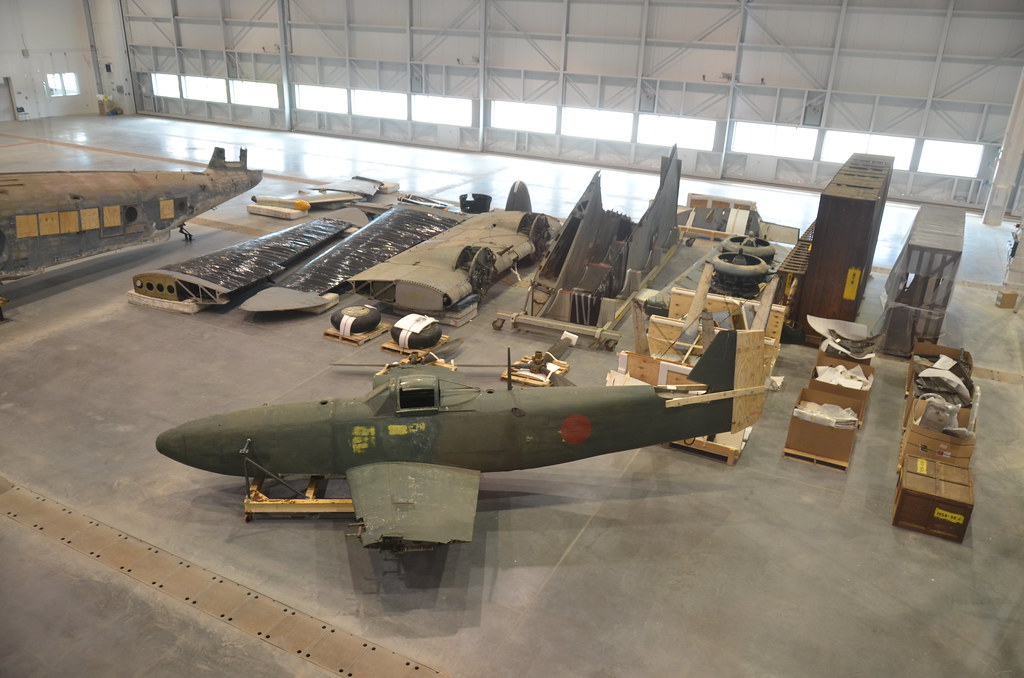
In the waning days of World War II, as the Pacific Theater drew toward its dramatic close, a remarkable, yet relatively unknown chapter in the history of aviation unfolded. The Nakajima J9Y Kikka, Japan’s first operational jet-powered fighter, took to the skies in a desperate bid to turn the tide of war.

Imperial Japan, witnessing the meteoric rise of jet technology in Europe, especially Germany’s pioneering Messerschmitt Me 262, embarked on an ambitious project to develop its jet fighter. Based on incomplete plans retrieved from a captured German U-boat, the Kikka is a promising symbol of Japan’s attempt to compete in the jet age.

The Kikka, meaning “Orange Blossom,” was not just a carbon copy of its German inspiration; it was a unique adaptation, embodying the urgency of Japan’s dire wartime situation. Its design featured straight wings, unlike the Me 262’s swept-back wings, and a thinner, more slab-sided fuselage. The aircraft was equipped with two 30mm Type 5 cannons in the nose assembly, indicative of its intended role as both a fighter and a fighter bomber.

The Japanese engineers had limited information due to the interception of a German U-boat carrying vital plans on May 15th, 1945, by the Allies. Despite this, the project persisted and led to the creation of a slightly smaller version of the Me 262. The innovative design also included folding wings for storage in fortified tunnels and attachment points for rocket boosters to assist with takeoff from Japan’s compromised runways.

The prototype underwent rapid construction, with the Nakajima prototype ready for its maiden flight on August 7th, 1945, from the Kisarazu Naval Base. The test flight, occurring just a day after the atomic bombing of Hiroshima, showed promise as the Kikka exhibited no major issues. Four days later, a second flight was attempted, complicated by misaligned rocket boosters, yet the aircraft landed safely.

Performance estimates for the Kikka projected a speed of 435 miles per hour, with a service ceiling of approximately 39,350 feet and a range of 585 miles. These figures were respectable for an early jet fighter, though slightly lower than the Me 262’s. However, speculation on how the Kikka might have performed in combat, particularly against high-altitude bombers like the Boeing B-29 Superfortress, remained a matter of conjecture as Japan surrendered on August 15th, 1945, effectively ending the Pacific Campaign and halting further development of the Kikka.

Postwar, the Kikka’s legacy became a subject of study by the victors, with prototypes confiscated by the Americans for analysis. This marked the end of the Nakajima Kikka’s brief flight into history, with only two test flights completed by the prototype and a handful of other airframes in various stages of production.
related images you might be interested.









